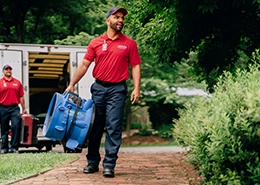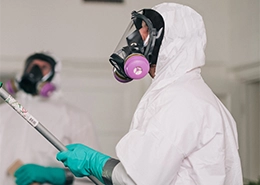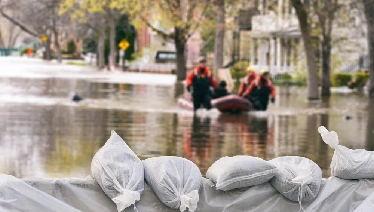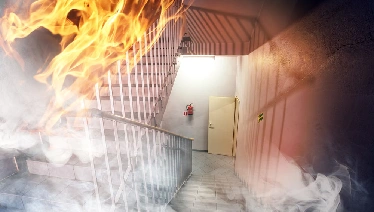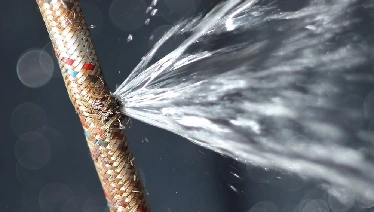Fire and smoke damage restoration is a complex undertaking that requires careful consideration and expertise. It is a process that can be both physically and emotionally taxing, and whether you are a property owner dealing with the aftermath of a fire or a professional in the restoration industry, it's essential to have a clear plan and the right knowledge to navigate this task effectively. In the following expanded paragraphs, we will outline some crucial tips and provide a step-by-step guide to help you through the restoration process.
The first step in the restoration process is to understand the extent of the damage. Fires can cause various types of destruction, from structural damage to the presence of smoke and soot residue. It's vital to assess the damage thoroughly to determine the scope of the restoration work required. This initial assessment will help you plan and allocate resources effectively.
Safety should be the top priority when dealing with fire and smoke damage restoration. Before entering the affected area, ensure that the building is structurally sound and free of hazards. Always wear appropriate personal protective equipment (PPE), such as masks, gloves, and eye protection, to safeguard against exposure to harmful substances. In the case of significant damage, it's advisable to consult with professionals who are trained in safety protocols and risk assessment.
The next step is to assess structural damage. This includes evaluating the integrity of walls, ceilings, and floors. It's essential to determine whether any structural repairs or reinforcements are needed to ensure the safety of the building. Structural engineers or experienced contractors can provide valuable insights into this process.
Smoke and soot residues can permeate various surfaces and materials. To address this issue, it's essential to initiate thorough cleaning. Specialized cleaning techniques and equipment, such as air scrubbers and ozone generators, are often used to remove harmful particles and improve indoor air quality. Additionally, deodorization is a crucial step to eliminate lingering odors.
After a fire, the presence of moisture due to firefighting efforts or structural damage can create an environment conducive to mold growth. Mold can pose health risks and further damage the property. To prevent mold growth, it's necessary to dry the affected areas promptly and use dehumidifiers as needed. Mold remediation specialists can also guide effective prevention and removal.
Lastly, environmental cleanup is an essential aspect of fire and smoke damage restoration. This includes the proper disposal of damaged materials and hazardous waste, as well as complying with local regulations and environmental standards. Professionals can assist in ensuring that the cleanup is carried out in an environmentally responsible manner.
In conclusion, fire and smoke damage restoration is a complex and multifaceted process that demands attention to detail and safety. Whether you are a homeowner or a professional in the restoration industry, these tips and step-by-step instructions can serve as a valuable resource to guide you through the restoration process. With careful planning and the right knowledge, you can effectively restore properties impacted by fire and smoke damage, helping to bring them back to their pre-damaged condition.


